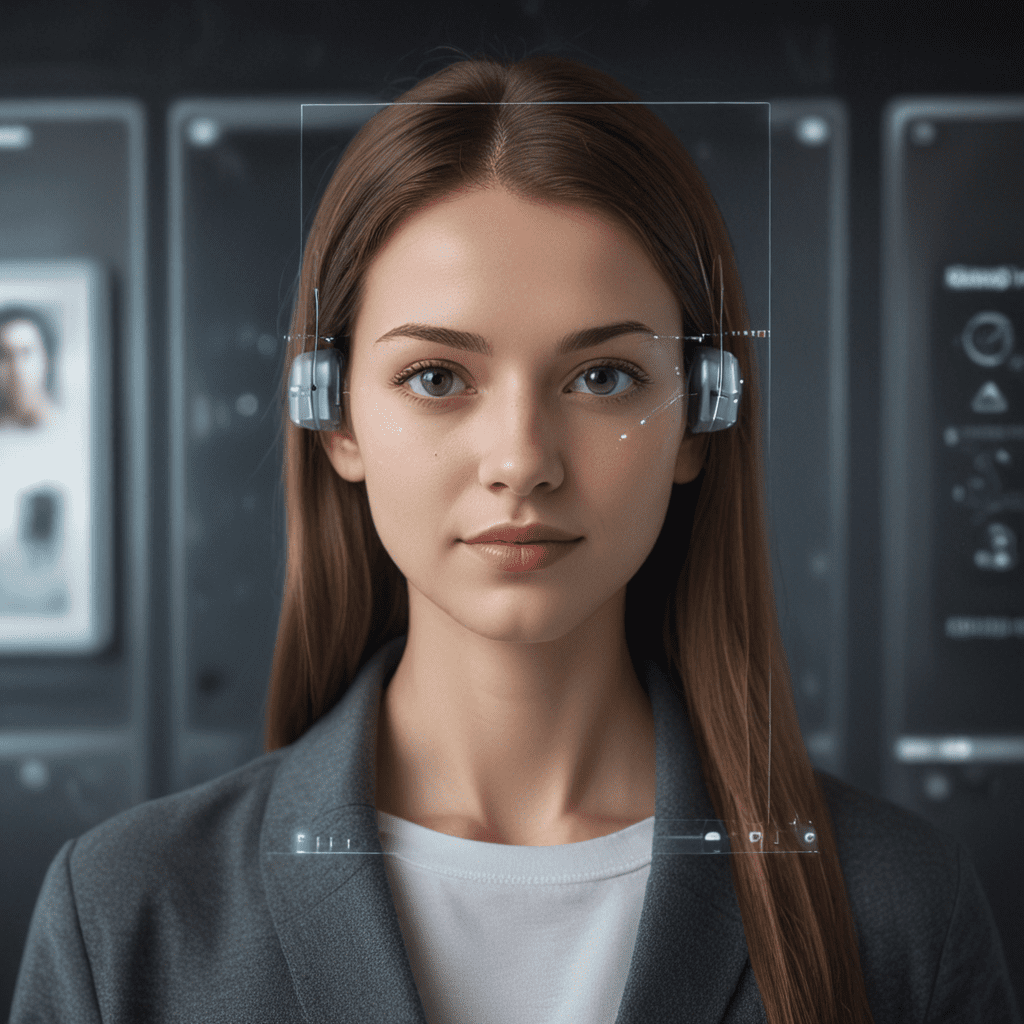1. Introduction
Facial recognition technology, a rapidly growing field in smart cities, holds immense potential in revolutionizing urban safety measures. By leveraging advanced algorithms and facial biometrics, this technology can enhance public safety, streamline law enforcement, and secure public spaces.
2. Enhancing Public Safety
Facial recognition significantly enhances public safety by deterring crime and enabling swift action. It allows for real-time detection of suspicious activities and the identification of suspects, reducing response times and improving the effectiveness of law enforcement. By monitoring crowds and detecting unattended objects, smart cities can prevent overcrowding and ensure the safety of public spaces.
3. Efficient Law Enforcement
Facial recognition provides law enforcement with advanced capabilities. Real-time alerts and database search capabilities enable officers to swiftly locate suspects and witnesses, expediting investigations and apprehending criminals. The technology streamlines suspect apprehension by matching facial images to databases, leading to faster and more accurate identification.
4. Securing Public Spaces
Smart cities can enhance the security of public spaces by implementing facial recognition systems. These systems monitor crowds and detect suspicious activities, enabling authorities to respond promptly to potential threats. They can also control access to restricted areas, preventing unauthorized entry and ensuring the safety of government offices and financial institutions.
5. Safeguarding Vulnerable Populations
Facial recognition plays a crucial role in safeguarding vulnerable populations. It can assist in identifying missing children and the elderly, providing support and ensuring their well-being. The technology also helps detect individuals in need of medical assistance, allowing for timely intervention and care.
6. Optimizing Traffic Management
Facial recognition technology can enhance traffic management in smart cities. By detecting and resolving traffic violations, such as speeding and running red lights, it improves road safety and reduces congestion. Additionally, the technology can optimize intersection control and pedestrian crosswalks, ensuring smoother traffic flow and safer passage for pedestrians.
7. Access Control and Identity Verification
Smart cities can leverage facial recognition to automate entry to public buildings and restricted areas, enhancing security and convenience. This technology eliminates the need for physical keys or cards, ensuring the safety of government offices and financial institutions. It also simplifies identity verification for banking and online transactions, reducing fraud and identity theft.
8. Ethical Considerations and Data Privacy
While facial recognition offers numerous benefits, ethical considerations and data privacy are crucial. Smart cities must strike a balance between safety and privacy concerns, ensuring personal information is protected and not misused. Clear guidelines and regulations should be established to govern the use of facial recognition technology, including data retention periods and consent requirements.
9. Legal Implications and Accountability
Smart cities must adhere to data protection laws and regulations when implementing facial recognition systems. Minimizing bias and ensuring equal access are essential to prevent discrimination and unfair treatment. Establishing responsibility and liability frameworks is crucial to address potential misuse or abuse of the technology.
10. Conclusion
Facial recognition technology has the potential to revolutionize urban safety measures in smart cities. By enhancing public safety, streamlining law enforcement, and securing public spaces, it can create a safer and more efficient urban environment. However, it is imperative to balance safety, privacy, and ethics to ensure the responsible and equitable use of this powerful technology. As smart cities continue to evolve, facial recognition will likely play an increasingly important role in shaping a safer and more secure future.
Frequently Asked Questions (FAQs)
Q: Is facial recognition technology accurate?
A: Facial recognition technology has become highly accurate in recent years, with algorithms capable of identifying individuals even in challenging conditions.
Q: Can facial recognition be used to track people without their consent?
A: In most jurisdictions, the use of facial recognition technology for surveillance purposes requires explicit consent from individuals.
Q: What are the potential risks of facial recognition technology?
A: Potential risks include privacy concerns, the potential for bias, and the risk of misuse or abuse of the technology.
Q: How can smart cities ensure the ethical use of facial recognition technology?
A: Smart cities can establish clear guidelines and regulations, minimize bias, ensure data privacy, and hold parties accountable for any misuse of the technology.



